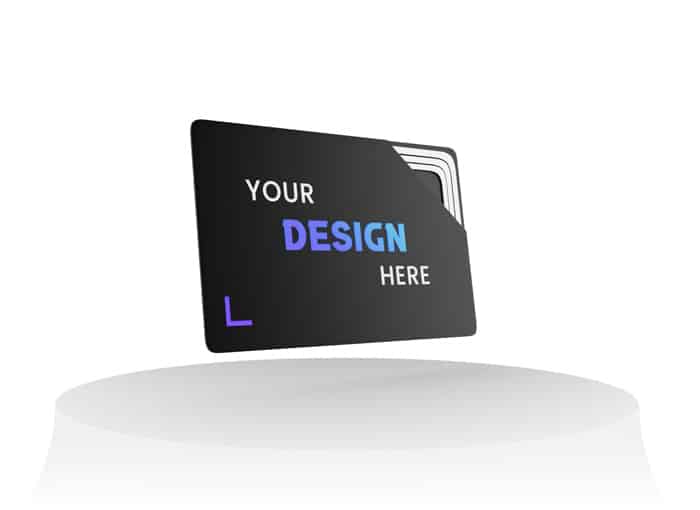
How do you write an interesting e-mail for your business contacts?

The ability to write a punchy, interesting e-mail is therefore essential in any job, whether you’re in sales, customer service, marketing or even teaching.
The problem is that most of us write unconsciously and, when we’re not concentrating, we often end up writing something impersonal and unhelpful.
Fortunately, there are some simple tips for writing quality e-mails, because the key to success lies more in the way you word them than in the content itself!
Be consistent from the beginning to the end of your e-mail sequence
One of the most important things to bear in mind when writing professional e-mails is consistency.
When you send a message about a specific project, for example, make sure you use the same language or level of word technicality in your follow-up e-mails: consistency must always be present.
It’s also important to use simple but precise words, and to ensure that sentences are not “long”, making them difficult to read.
An ideally written e-mail should be concise and understood in a few seconds: we’re not asking you to write a literary work!
When you start exchanging e-mails, it can be difficult to get started, because we all have a tendency to overthink what we’re trying to say: this can block or even lengthen the time it takes to complete the e-mail.
Our advice is to get started, then correct, rather than trying to write a perfect 1st draft.
Similarly, when you send a sequence of e-mails, remember that each one should refer to the previous one, so that the recipient doesn’t feel lost: the idea here is to make it as easy as possible for the recipient to take your messages on board and understand them.
Show rather than tell
The second key to writing an effective e-mail is to “show” rather than “tell”.
Don’t write too many general sentences that are vague and don’t provide information: choose to give concrete examples that validate your proposals.
For example, “over the last few years, many of our customers have chosen this service instead of that one” is not very explicit.
If you write, “for the last three years, 78% of our customers have chosen service B instead of service A…”, this will be much more powerful and will increase your prospect’s confidence in your writing.
Similarly, if you’re writing an e-mail requesting feedback, be sure to include a summary of your company’s mission, vision and values, so that people know exactly what’s at stake in the conversation they’re having.
Furthermore, an e-mail is not a handwritten letter, which means it should be as short as possible and not get lost in too many directions.
If you need to share several pieces of information, each of which requires a precise explanation, then send several e-mails: this will be much more effective.
Alternatively, you can write a short e-mail and attach a Word or PDF file containing the various arguments you wish to communicate.
Empathize and build rapport
This is a very important tip: establish rapport with your contact.
Your e-mails will be more relevant if you address someone in particular than if you send an impersonal e-mail to thousands of people.
And the best way to show someone you care about them is to use their first or last name first, and make sure it’s included in your message.
Even if you’re addressing hundreds of recipients, it’s important to include the names of people who are important to you: this will quickly establish a form of trust between you and the recipient.
It’s also important to mention two or three specific points that your recipient knows: this shows that you’re genuinely taking them into account.
True empathy comes from small details that may seem insignificant, but which, in the end, turn out to be of vital importance in creating a positive bond with the recipient.
And don’t forget to add a few more personal phrases, such as: “I hope this note finds you well”, “As always, I look forward to hearing from you!” or “I thought I’d get back to you very soon, but decided to do it today”.
If you send an e-mail to a customer, let them know that you understand their situation and that your company is there to help in any way it can.
Also establish the relationship by asking an open-ended question at the end of your message, for example, “What new features would you like to see if we evolved our product or service?” This will make the person reading your message feel important.
This will help them feel comfortable opening up and sharing more information with you.
Use active rather than passive language
When writing an e-mail, it’s important to avoid passive language.
Passive language means using words that don’t say much of anything concrete, leaving the reader to figure it out for themselves.
Here’s an example: “Most people think that our product A is superior to B, even though it seems to have a lower price than before”.
This sentence doesn’t have much impact because it lacks precision.
Passive is also the adjective used to designate sentences in which the subject comes after the verb: in general, this doesn’t encourage action or reflection.
For example, if I write: “We’re running an exceptional operation for five days, offering a 60% discount on services A and B”, this has more impact than if I send the sentence: “Company X will be running an exceptional operation for five days, offering a 60% discount on services A and B”.
We therefore recommend that you use a structure such as: subject + verb + complement.
Active language pushes towards action, whereas the passive form is more static.
What’s more, studies by marketing professionals show that it’s not a good idea to use passive language too often, as it makes your message seem more impersonal and vague in its promises.
Here’s another example.
If I send an e-mail asking for a quote on some parts I need and I write: “Can we get a quote today?”, my request is clearly expressed.
The sales person won’t have to interpret it, so there’s no risk of error.
On the other hand, if I passively write something like: “I’d be happy to receive a quote when this is possible”, my request is not very precise and risks being misunderstood by the sales rep, or even set aside, because I’m not expressing any urgency.
Be flexible and take into account the recipient’s point of view
Start by remembering that the recipient of your e-mail will always read it from his or her point of view.
To be truly impactful, you need to take into consideration what they want to “read” in your message, even if, in the end, you don’t respond in the way they’d like.
The best way to write a professional e-mail is to be flexible, i.e. to take into account your recipient’s point of view or situation before exposing your own.
Imagine, for example, that you’re writing an e-mail to a customer who’s going through a difficult period that you know about.
You could start your message with something like: “I know how concerned you are about… If I can be of any help, please don’t hesitate to let me know, even apart from what we’re discussing…”.
This lets the person you’re talking to know that you’re aware of their stress or problems, and that you might be able to help in some way.
Similarly, if you know your prospect, start your e-mail by stating what he thinks or has said, and only then share your proposals or reframings: this is an excellent way of showing that you’ve taken on board the other person’s point of view. This will make them more inclined to consider your comments.
In general, the person will appreciate the effort you’ve made to better understand his or her needs before writing such a personalized message.
And when you’re writing your e-mail, remember that there’s no right or wrong way as long as it feels really natural and authentic.
Conclusion
By following the tips we’ve given you above, your e-mails will be more read and will really interest the recipients.
It’s important to remember them because, as we said in the preamble, the wrong words can make or break your messages!
And don’t forget the most important tip in digital communication: you have to address your recipient by taking into account their references and point of view, as this is the best way to get them interested in what you’re sharing with them.
Written by Camille BODET
The digital business card is a real ally for professionals wishing to promote their business effectively and instantly. In the...Lire la suite
VKARD is an innovative and effective solution to help all professionals stand out from the crowd and reinforce their brand...Lire la suite
If you prepare properly for a job interview, you'll have every chance of winning over the recruiter and getting the...Lire la suite
LinkedIn is a world-renowned business platform, and for good reason! Thanks to its many networking options, LinkedIn is the tool...Lire la suite
Find out how Leexi AI optimizes the management of videoconferences and business calls, saving time and improving efficiency.
In the professional sphere, it's vital to know how to convey certain strong values in order to stand out and...Lire la suite
Mastering the art of conversation is a real asset! By mastering the subtle art of conversation, you'll be able to...Lire la suite
Are you taking part in a trade event and want to do everything you can to make a good impression?...Lire la suite
CRM (Customer Relationship Management) represents a genuine corporate strategy for managing business contacts. This popular tool for professionals is in...Lire la suite
At a time when the professional world is in a perpetual state of competition, we might wonder what place altruism,...Lire la suite















